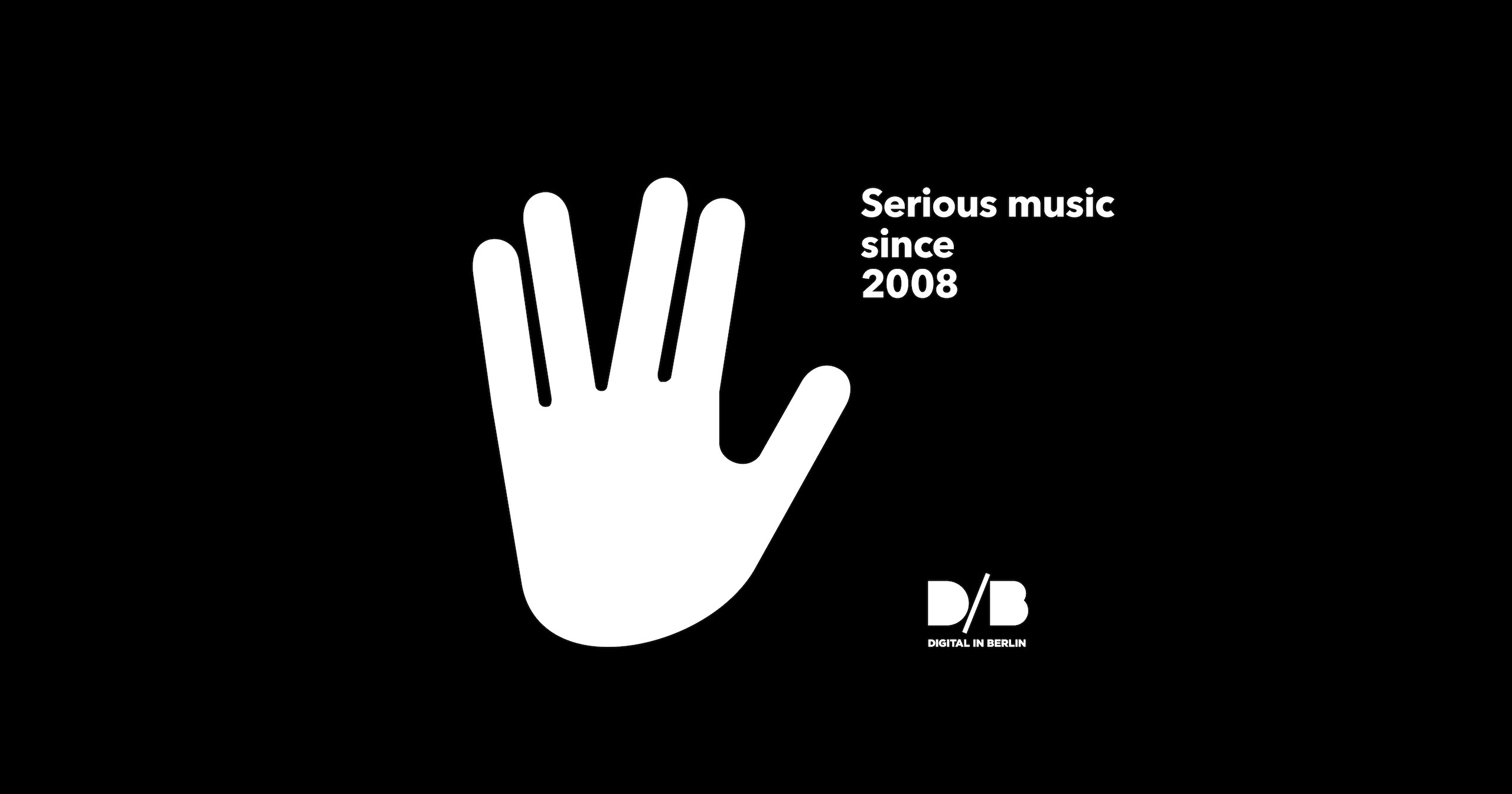Our contributing writer, Angela Chambers had the pleasure to catch up with a few of the artists backstage at this year’s LUFF Festival in Lausanne where we had the chance to ask them a few more intimate questions about their music techniques and live setups. The director of the famous electronic music studio of Stockholm performs his piece ONE among an entanglement of wires and neon tubes. Through the amplification and the live musicalisation of fluorescent light, it’s as if he is inviting us to witness the awakening of an industrial golem, using infrasound detonations, electronica version of tabla rhythmics and psychovisual flicker effects. The former electronics engineer makes use of his knowledge to listen to the machines’ inner life by means of living audiovisual installations.
1. What inspired you to first start experimenting with light and sound?
Well actually, I had an idea many years ago, because it is a known fact that a person who inspired me the most, David Tudor, turned from being a pianist to a composer at a certain moment which happened in Stockholm where I lived. There was a concert organized at the modern museum where he did this and I think it was in 2007/2008, I received a commission to do a piece in connection with a big exhibition. It was a world tour in connection to Rauschenberg and then I started to do some research. I started to look at what David Tudor did and he used fluorescent light banks in the floor of the museum. He got this question from Steve Paxton to do something in the museum and he did not actually know what he’s going to do because he did not see himself as a composer at that moment. He was staying a very long time until they turned off the lights in the museum. And then he says “Ok, Can you turn them on again?” and then “Please turn them off again and turn them on!”. He then heard this sort of pinging sound from the starters of these old-fashioned fluorescent light banks, and then he decided to amplify this.
2. Can you tell me about the construction of your piece “One”?
So, I wanted to do something that was updated, so I started to do experiments with fluorescent tubes and I amplified the starters, and then I realized that I can actually go into creating electronic feedback if I introduce a light sensor in a signal chain which is connected to the light. And I was very pleased with the results, so I constructed a little switch box, so I could turn the light on and off. That was the first experiment with this and then I realized, I’m far too occupied with turning on and off the lights. That took up all my attention even though the sound was connected with the light. Then I decided to do an automatic micro-computer controlled sequencer that could flicker with the light in different patterns, so I started to build that machine and then everything just grew from there. It must have taken me two months of work, full-time basis. I ran into many problems with burning the electronics from the very hot currents that occur when you turn the light on and off. You can see flashes inside the switch actually. I smelled a lot of burnt electronics during the work. Finally, I constructed this thing and it became a success and now I’m still invited worldwide to do this piece and I still enjoy to do it.
3. Can you tell me about the venues and where you have performed this piece?
This year I have done the piece in Mexico City, here in Lausanne, a festival in Sweden. The original title was actually “One for David Tudor”. I did it actually for the David Tudor conference at Wesleyan University. I also had a great honor performance with the original Rainforest IV Group for Composers Inside Electronics.
4. Who would you say are some of the visual artists that you are most inspired by?
Actually, I kind of like this really rough material painting style, which is maybe off from this. When I was young, I really admired Antoni Tapies, and then I saw now after his death and after seeing his exhibition in Barcelona, he had such a brutal contact with the canvas, almost like a punk rock painter. Maybe I try to be a Swedish version of him. I’m very fond of collecting rusty objects and stuff I find in the streets. I have a collection that probably dates back to the early 80’s. I don’t pick up just anything. Many times I remember where all these objects came from and then I organize them in different patterns. That’s of course more like a hobby. I like to go to flea markets and buy stuff like a Russian shaking machine for chemicals. I also have a large collection of old radios.
5. If you could choose anyone to collaborate with, who would it be?
At the moment, I have a collaboration with Tarek Atoui. There are a bunch of composers invited and we are making instruments that can be played by deaf people. So I have constructed the true laptop quartet, which is actually metallic instruments that you hold in your lap. They have a feedback system that gives the instrument quite a strong vibration and it can also be heard as an audio signal. Basically, you can squeeze it. I got this commission to do the instruments for this project, and the idea was that the instruments should be able to be played by both audible and deaf people. Also, the audience of both can actually receive the results of the project.
6. How do you think technology continues to shape your music and your performances?
I would say I’m kind of a primitive person, so I’m not really into this advanced computer programming. I’m interested in physical phenomena. In a way, I like to create natural phenomena with electricity, sometimes inside small boxes. I think my intention with the piece “One”, was that it should be more like a beautiful thunderstorm passing through the room, which is the experience I try to share with the audience and it’s still very unpredictable also for me to understand what is actually going to happen. I’m not so much into control. I prefer to struggle with the sound.
7. I’m curious to know if you are doing any larger scale installations at the moment?
No, but I had an invitation to do this piece as an installation format, although there is a certain risk of fire if you just run it without surveillance. Now, I’m about to construct a way to control it from a computer so I can create patterns that can run and run and run forever. Maybe that’s the next device. I will see how it goes with this project. It will happen in the United States.
8. Do you like to do field recordings?
Yes, sometimes I do field recordings. I did a large scale installation in St. Petersburg, Russia. It was at the Museum of Engines for Russian fighter planes and helicopters. It was a museum that had been secret for the public before I came there and was part of big project, which is called Contemporary Art in Traditional Museums. There were installations in the Museum of Soap and Hygiene along with many more and they invited certain artists to do something in a certain museum. So I worked with the sound of these engines in the museum that were actually real engines that had been serving in fighter planes, helicopters and tanks. It was like birds in a cage that had been flying before. I was also invited to do this project on an old firehouse ship outside London, which was a festival organized by the Kent University. Then I only used recordings I did on the ship and around the ship and in the harbor with hydrophones. We even did recordings on crayfish. I’m kind of autistic in a way. I never use factory pre-sets and synthesizers. I think it’s important to create your own sound world in one way or another. Field recordings are good for site-specific projects. I once did a recording on the local Morse recording club, where I was actually recording the Morse signal from a guy in Russia. They were only talking about how the weather was in Russia. I was very fascinated by the culture around it, like you were calling someone on your cellphone and then you ask “What kind of phone do you have?”. These kinds of questions in morse code.
9. Who are some of the artists you have in residency at the Electronic Music Studio?
At the moment, I work full-time as the director of EMS.
Right now we have two Japanese artists and they are curating a live concert and broadcast through the internet to a club in Tokyo. I will be performing the “One” piece on a live stream online.
10. Do you also work with other sources of light?
Sometimes I actually use the same feedback system, but with small bicycle lamps that actually have different kind of patterns and I can place them on the table in different positions and they can trigger different feedbacks, and sometimes I’ve used a torch with the same method of lighting up stuff.
11. What would you say was your best or most interesting gig or performance?
I hope it’s still in the future. But there was one amazing memory where I worked with the choreographer Anna Ko and we were invited to perform outdoors at the ISCM Festival in Sweden. We were invited to do it on a small-scale stonehenge in the middle of nowhere in Sweden. I thought there would be only fifty people there and then came 1, 200 people from out of nowhere. I could see when I was about to start, there were sheep walking around and all the cables were covered with shit. That was an amazing experience and then there was this 80 year old woman and she was a local farmer who lived next door and we took the electricity from her barn. She then said, she needs something to sit on and asked if she could sit on the box, which was very close to the loud speakers. Then someone told her maybe it’s too close or too loud. She then replied “it’s not my ears that’s the problem, it’s my legs.” Then afterwards, she came to me and said, “If you just would have continued for five minutes more, I would have gone into a trance.”
About the LUFF
Over the last fifteen years, the Lausanne Underground Film & Music Festival (LUFF) has been going to great pains to rub its audiences the wrong way and to offer some original and off-the-wall programming. LUFF’s objective is to fuse music and cinema together into a chemistry of weirdness, drawing from a wide range of avant-garde artists and innovative creations which in most cases have never been seen before in Switzerland . www.luff.ch

